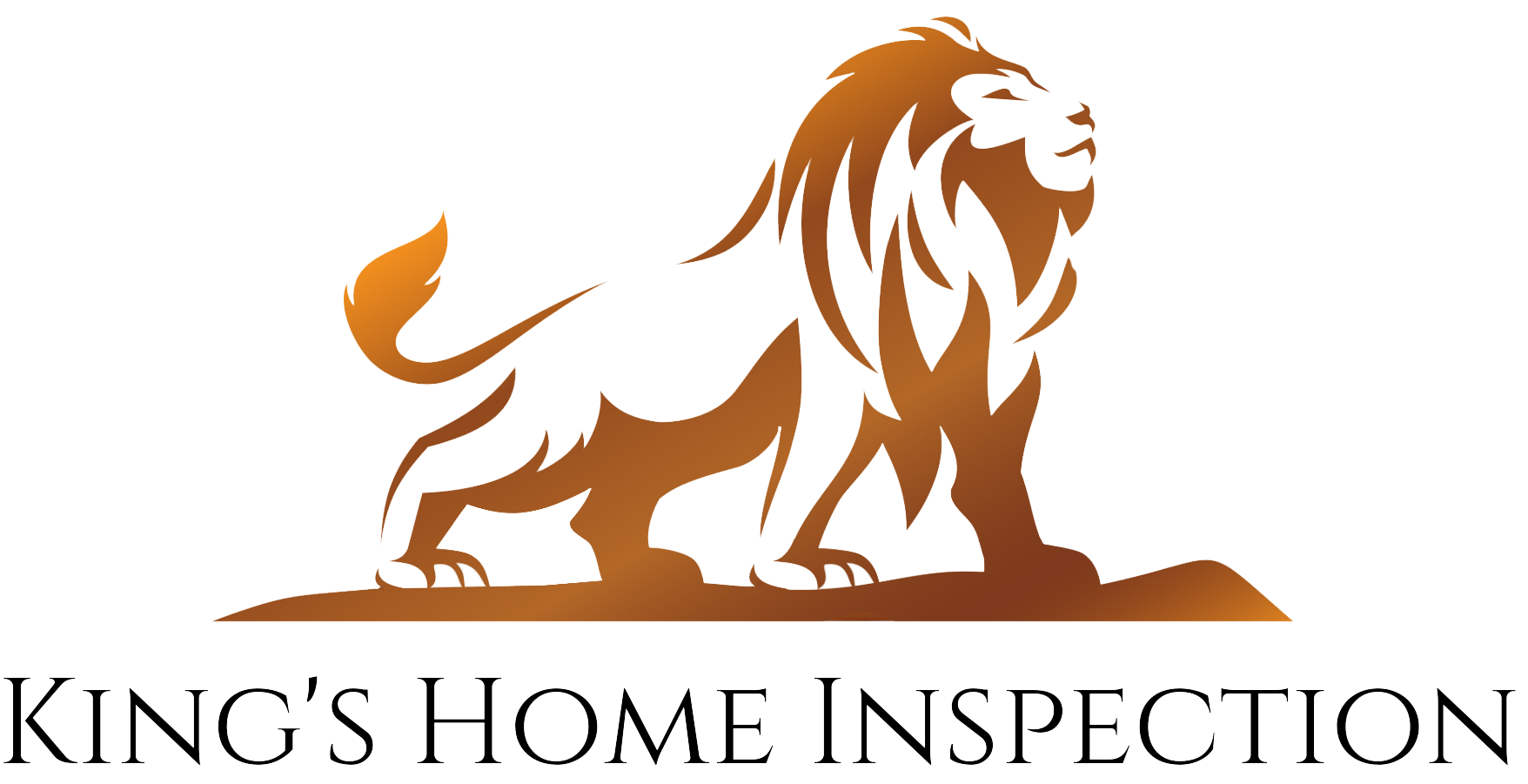When it comes to home inspections, it’s crucial not to overlook any area of the house, including the attic. The attic may seem like a forgotten space, but it plays a vital role in the overall condition and functionality of a home. In this blog, we’ll explore why a comprehensive attic inspection is essential during a home inspection. From identifying potential issues to assessing energy efficiency, the attic holds valuable insights that can impact your decision-making process as a homebuyer or homeowner.
- Structural Integrity: The attic is an integral part of a home’s structural system, and a thorough inspection can unveil potential problems. Inspecting the attic allows the home inspector to evaluate the condition of the roof structure, including rafters, trusses, and supports. Signs of water damage, sagging, pest infestations, or compromised structural elements can be identified early on, helping you make informed decisions about repairs, maintenance, or negotiating the purchase price.
- Moisture and Water Intrusion: Attics are susceptible to moisture and water intrusion, which can lead to extensive damage and mold growth. During an attic inspection, the home inspector can identify signs of water stains, leaks, or inadequate ventilation. Proper ventilation is crucial to prevent condensation buildup and moisture-related issues. Detecting and addressing these problems early can save you from costly repairs down the road and ensure a healthy living environment.
- Insulation and Energy Efficiency: The attic plays a significant role in a home’s energy efficiency. Adequate insulation is essential for temperature regulation, preventing heat loss in the winter and heat gain in the summer. A thorough attic inspection allows the home inspector to assess the insulation type, condition, and thickness. Insufficient or deteriorated insulation can lead to energy waste, discomfort, and higher utility bills. Identifying insulation deficiencies early on allows you to address them, improving energy efficiency and reducing long-term expenses.
- Electrical and HVAC Systems: The attic often houses electrical wiring, junction boxes, and HVAC equipment. Inspecting the attic allows the home inspector to evaluate the condition and safety of these components. Proper electrical wiring, grounded outlets, and appropriate clearances are essential for safety. Additionally, an inspection of the HVAC system in the attic can reveal potential issues such as faulty ductwork, improper installation, or insufficient ventilation. Identifying these issues ensures a safe and efficient functioning of your home’s electrical and HVAC systems.
- Pest Infestations: Attics provide an ideal environment for pests such as rodents, insects, or bats. An attic inspection can uncover signs of pest infestations, including droppings, nesting materials, or damage to insulation or wiring. Detecting and addressing pest issues early on is crucial to prevent further damage to the attic, electrical systems, and potential health hazards. A comprehensive inspection allows you to address these concerns promptly and ensure a pest-free living environment.
Conclusion: A thorough attic inspection is a critical component of a comprehensive home inspection. By examining the structural integrity, identifying moisture and water intrusion, assessing insulation and energy efficiency, evaluating electrical and HVAC systems, and detecting pest infestations, a qualified home inspector can provide you with valuable insights about the attic’s condition. This knowledge empowers you to make informed decisions as a homebuyer or homeowner, ensuring a safe, efficient, and comfortable living space.
Remember, a holistic approach to home inspections includes giving due attention to every nook and cranny, including the often-overlooked attic. Embrace the power of a comprehensive attic inspection, and gain a deeper understanding of your home’s overall condition and potential maintenance needs.


